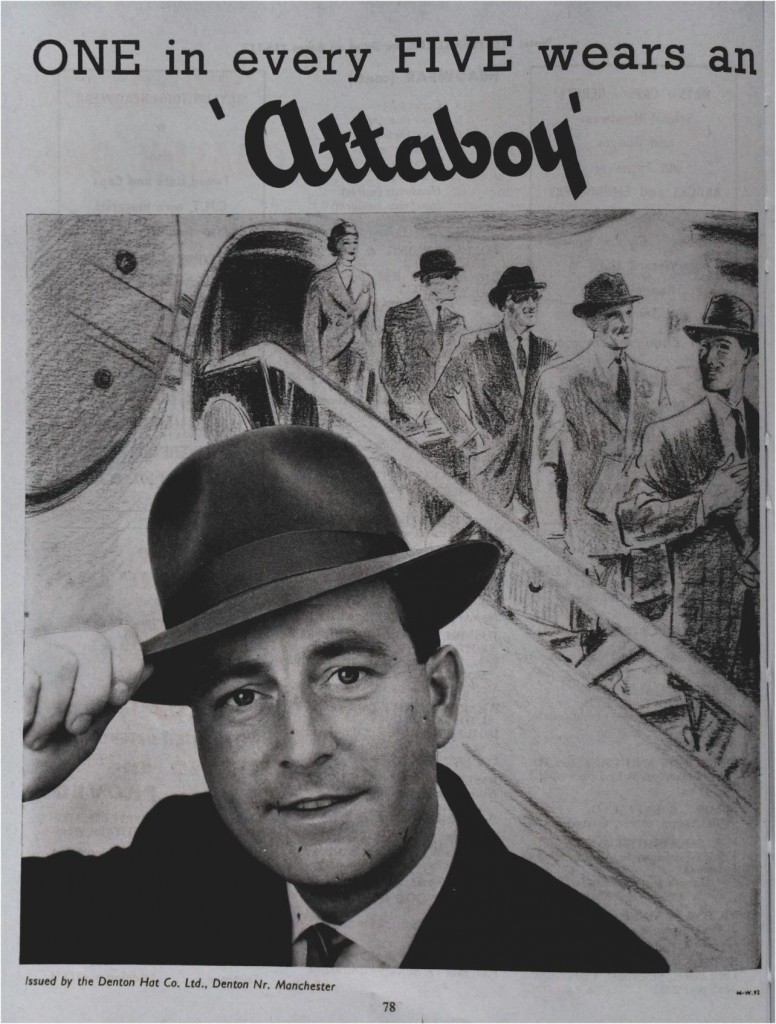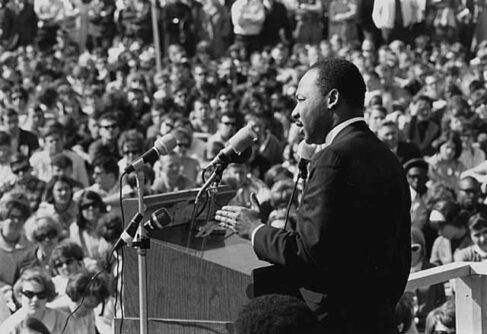Used to getting trophies for participation, straight-A grades from their college professors, and protected by helicopter parents, millennials can be a challenge for employers.
Many employers grumble about the millennial generation—otherwise known as “GenMe.” Used to getting trophies for participation, straight-A grades from their college professors, and protected by helicopter parents, millennials can be a challenge for employers.
The New York Times recently reported on how some Wall Street banks are responding to the challenges of managing these young workers by giving in to the indulgent treatment that many in this generation have enjoyed:
Banks increased their compensation, gave them more time off and even did away with some of their more menial work.
I was particularly struck by the notion of banks getting rid of the “more menial work” for these young employees.
Whatever could that mean?
Does it mean that the Wall Street banks are simply skipping some of the nuts-and-bolts analysis that might be dull but is essential to a sound financial analysis?
Or that these banks were shifting some of this work back on the mid-level bankers who know the “menial” work cannot be skipped?
Or are they are creating two tiers of millennial employees—ones from Ivy League who won’t do the “menial” work and others from land-grant universities who need to put up with doing the “menial” work alongside more complex tasks?
Who knows!
Be that as it may, some Wall Street banks are finding that even higher pay, more time off, and less of that “menial” work isn’t enough for millennials.
Goldman Sachs is trying to win the loyalty of their millennial employees by appealing to their concern for doing good, supposedly a hallmark of this generation. As the Times reports:
[Goldman Sachs] had started a competition for young analysts to compete for donations to a charity of their choosing. As they would with a deal proposal, bankers and other employees at the firm can form teams and pitch their nonprofit. The winner, chosen by a committee, will receive a grant for their organization of $100,000; second place will receive $50,000, and third place, $25,000.
Of course, it’s hard to complain when a bank commits to spend more on charity (although the $175,000 pledged isn’t a stretch for a bank with net earnings of more than $6 billion in 2015).
Still, one wonders about the take-away message for the young bankers who serve on this committee. It schools them in thinking of philanthropy as directed to big charities—whereas there are many charitable organizations for which a gift of $10,000, or even $1,000, would be a boon. It makes it seem that effective charitable giving is discerned by committee rather than personal judgment. And, it doesn’t demand anything from the young bankers’ pocketbooks—it doesn’t seem that they are expected to give out of their own paychecks.
Did Goldman Sachs consider a simple matching gift program to match gifts made personally by their young bankers? Maybe that was just too old school.
But it turns out the Goldman Sachs initiative might not be as effective as it hopes in winning over its young bankers; millennials are not, in fact, distinguished by being especially concerned with doing good. A study published in the Journal of Management used one of the few data sets that posed the same questions to members of the Baby Boomer, GenX, and millennial generations as each cohort was entering the workforce.
Despite the new programs designed to attract young workers through opportunities to volunteer and help others, there were no significant generational difference in altruistic values. . . . Thus programs focusing on helping may attract some members of GenMe, but these programs will be no more effective for this group than they were for young GenXers 15 years ago or young Boomers 30 years ago.
Banks and other employers might need to come up with something else to satisfy millennials—or perhaps millennials will mature over the next decade or so. Fifteen years from now, when members of millennial generation are filling corporate board seats and corner offices, we’ll see how they have shaped the culture of the American workplace.






